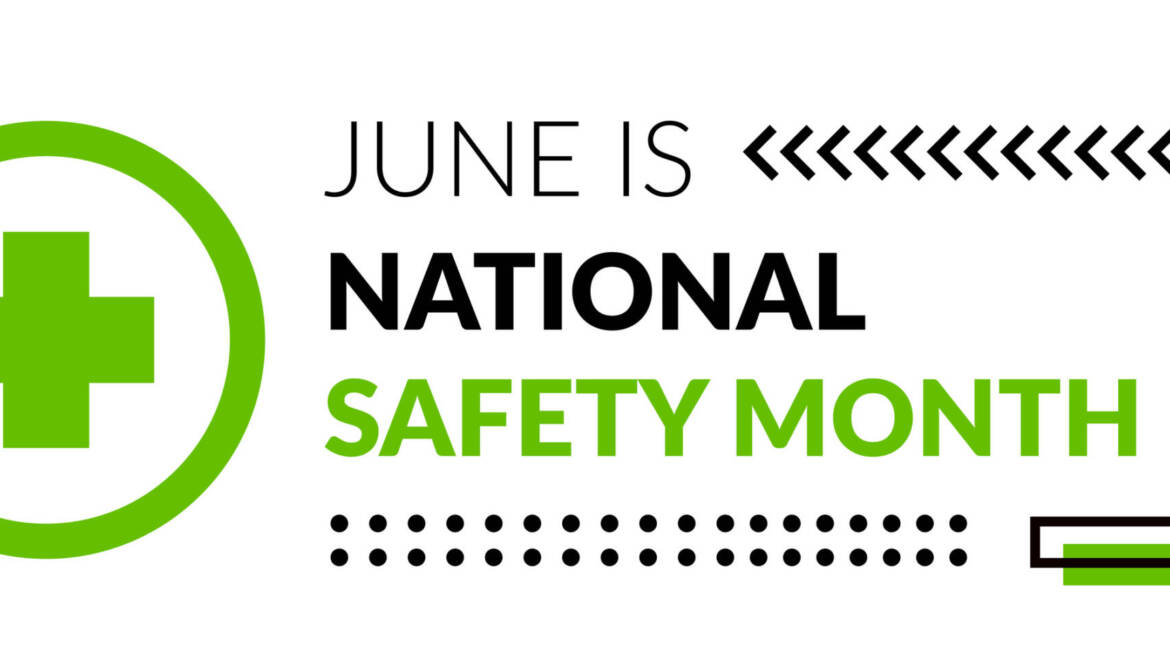It’s National Safety Month, which is the perfect time to check for some common but difficult to see problems that might compromise the safety of our homes.
There are all sorts of threats to our homes that we can’t control, from weather to accident to crime. If home security is about keeping vandals and thieves out of our homes, home safety might describe the measures we take to keep health threats out of our house. At Maertin Heating and Cooling, the threats we’re most concerned about are unwanted air and moisture.
While we put locks on our doors and windows to make sure strangers don’t get into our homes, we’re much less particular when it comes to the air and water content we let in – or out – at nearly all times. Air leaks not only make your home uncomfortable and less energy efficient, they also create entry points for unwanted moisture. The easiest way to keep the inside of your home dry is to keep the outside dry, too.
First Things First
Your first home safety step involves checking the outside of your house for unwanted moisture and air leaks. Repair and seal your home when you see:
- pooling water around the home
- cracked or bulging concrete, which can be caused by excess moisture in the ground
- Loose siding
- Broken or degraded seals around doors and windows
Mold and Breathing Difficulties
Moisture also creates the perfect conditions for mold formation, and that’s a major respiratory concern. Mold comes in various forms—fuzzy, slimy, patchy, green, white, brown, black —that can have a bad odor. If you find mold, first identify the type of mold you have. Take steps to mitigate it by thoroughly cleaning with a professionally recommended and appropriate solution. Dry the area well and remove any porous materials that might harbor mold spores.
If you smell a musty or moldy odor but can’t see any mold, test your home with a mold testing kit. It could be hidden under carpets, inside walls or behind cabinets.
Radon and Lung Cancer
About one in 15 homes in the U.S. has radon levels at or above the EPA recommended action level. Radon is a deadly gas with no odor and no physical signs. People who live in homes with elevated levels of radon have an elevated risk of lung damage and lung cancer. Test your home for radon in the summer when your AC is running and then again when there is a snow pack on the ground. If your test detects unsafe levels of radon, contact a qualified radon professional immediately.
A Silent Killer
Check your carbon monoxide detector to be sure it’s working properly. If you don’t have one, purchase one immediately and position it in your home as recommended on the package directions. CO is a deadly, odorless gas that causes headache, confusion and dizziness. Your family may experience nausea or vomiting, loss of muscle control and loss of consciousness. CO poisoning can be fatal.
Don’t forget your smoke and fire detectors. Haul out that step ladder and press the test button to ensure they are all in working order. If you can’t remember the last time you changed the batteries, change them now.
Maertin Heating and Cooling is here to help. If you have a question about air quality, safety and health in your home, just give us a call at 708-479-9350 or message us.



